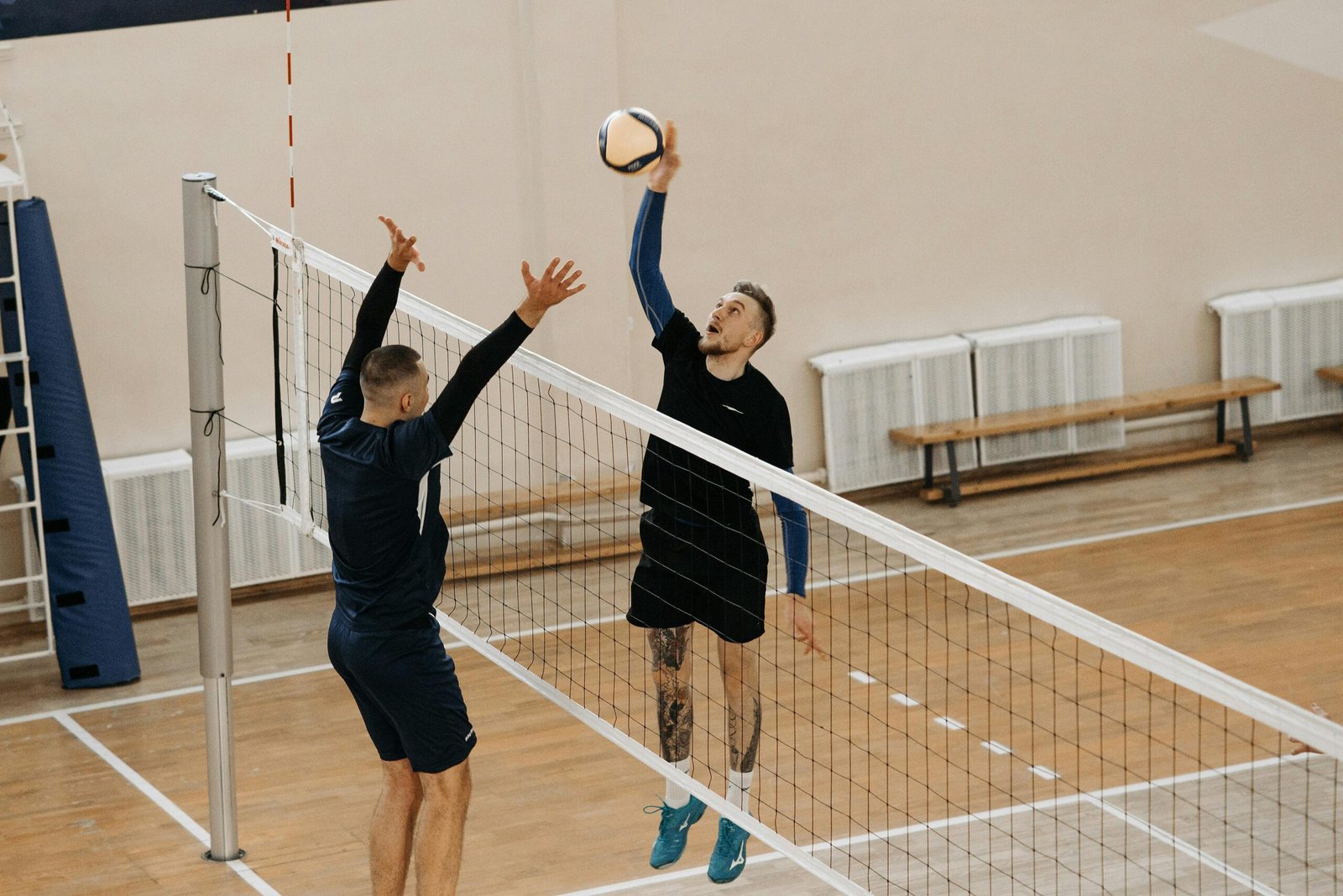Volleyball is a thrilling sport with fast-paced rallies and strategic gameplay, but one question often asked by newcomers and fans alike is: How long does a volleyball match last? Understanding the structure of volleyball matches, including sets and scoring systems, is key to appreciating the flow and excitement of the game.
In this comprehensive guide, we break down how volleyball matches are timed and scored, what influences their length, and how you can predict the duration of a match.
Basic Structure of a Volleyball Match
A volleyball match is typically divided into sets. Each set is played until a team reaches a set number of points with at least a two-point lead.
How Many Sets Are Played?
- Most competitive volleyball matches follow a best-of-five sets format.
- The team that wins three sets first wins the match.
- In some recreational or youth leagues, matches might be best-of-three sets to accommodate shorter playtime.
Points Needed to Win a Set
- For the first four sets, teams play to 25 points.
- A team must lead by at least two points to win a set. For example, a set could continue beyond 25 points if the score is tied at 24-24.
- If the match goes to a fifth (deciding) set, that set is played to 15 points, still requiring a two-point lead.
Volleyball Scoring System Explained
Rally Scoring
Modern volleyball uses a rally scoring system, meaning a point is awarded after every rally, regardless of which team served.
This system was introduced to make matches more predictable in length and more exciting to watch, as every rally counts toward the score.
How Points are Won
Points are scored in various ways, including:
- When the ball lands inside the opponent’s court.
- When the opposing team commits a fault, such as hitting the ball out of bounds or failing to return it properly.
- When a team serves an ace (the serve lands untouched by the opponent).
- When a player blocks a ball that lands back in the opponent’s court.
Factors That Influence Match Length
The length of a volleyball match can vary widely depending on several factors:
Level of Play
- Professional and high-level matches often have longer rallies and more closely matched teams, which can extend match duration.
- Recreational or beginner matches may be shorter due to simpler plays and fewer prolonged rallies.
Number of Sets Played
- Matches that finish in three straight sets are shorter than those that go the full five sets.
- Deciding fifth sets tend to be intense and can sometimes extend longer due to the close scoring.
Rally Length and Pace of Play
- Longer rallies with extended volleys increase match time.
- Quick points, such as aces or unreturned serves, shorten matches.
- The pace of play, including time taken for substitutions and breaks, also affects total duration.
Timeouts and Breaks
- Teams are allowed two timeouts per set, each lasting 30 seconds.
- There are short breaks between sets, typically lasting 2–3 minutes.
- A longer break occurs between the third and fourth sets in five-set matches.
Average Duration of Volleyball Matches
On average:
- A three-set match lasts between 60 and 75 minutes.
- A five-set match can last 90 minutes to 2 hours or more, depending on the factors above.
At elite levels, matches might extend longer due to tactical play and extended rallies.
How the Scoring System Has Changed Over Time
Before the adoption of rally scoring, volleyball used a side-out scoring system, where only the serving team could score points. Matches under the side-out system often lasted much longer and were harder to predict in length.
Rally scoring was introduced internationally in the late 1990s and has since become the global standard for all major competitions.
Understanding Set and Match Statistics
Tracking set and match statistics helps players and coaches analyse performance:
- Set scores indicate how close each set was.
- Point differentials help assess dominance.
- Number of rallies can show the match intensity.
These statistics are valuable for improving team strategies and fitness.
Tips for Managing Match Time
For coaches and organisers:
- Ensure players know the time limits for warm-ups and timeouts.
- Encourage quick substitutions and efficient communication.
- Use official timing to manage breaks effectively.
For players and fans:
- Understanding the match format helps with expectations and planning.
- Watching games with knowledge of set lengths and scoring rules enhances the viewing experience.
Final Thoughts
While volleyball match length can vary, the structure of sets and the rally scoring system provide a framework that balances exciting gameplay with predictable timing. Whether you’re a player, coach, or fan, knowing how matches are scored and timed enriches your appreciation of this dynamic sport.
Next time you watch or play volleyball, you’ll understand why matches sometimes seem quick and other times extend into thrilling battles for every point.



